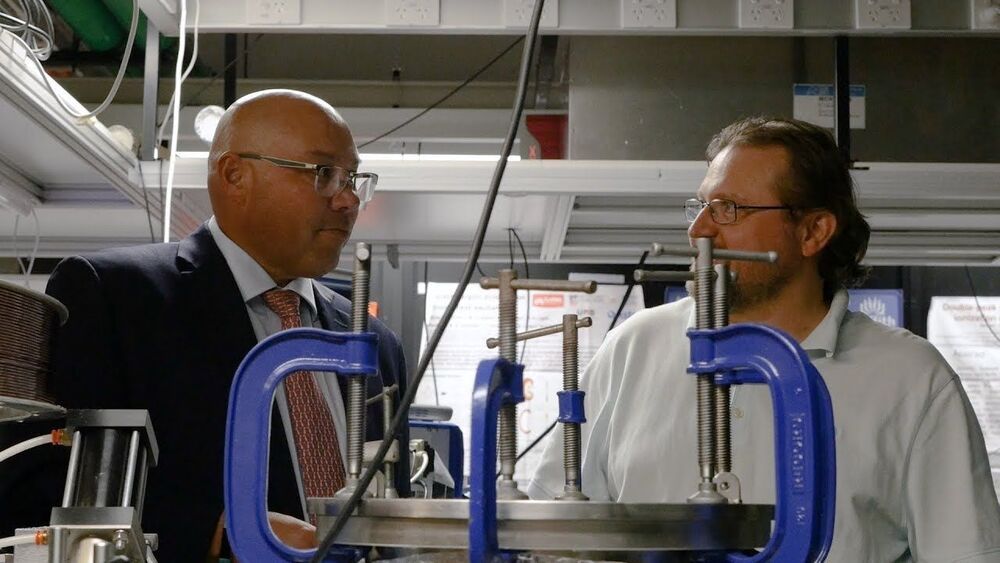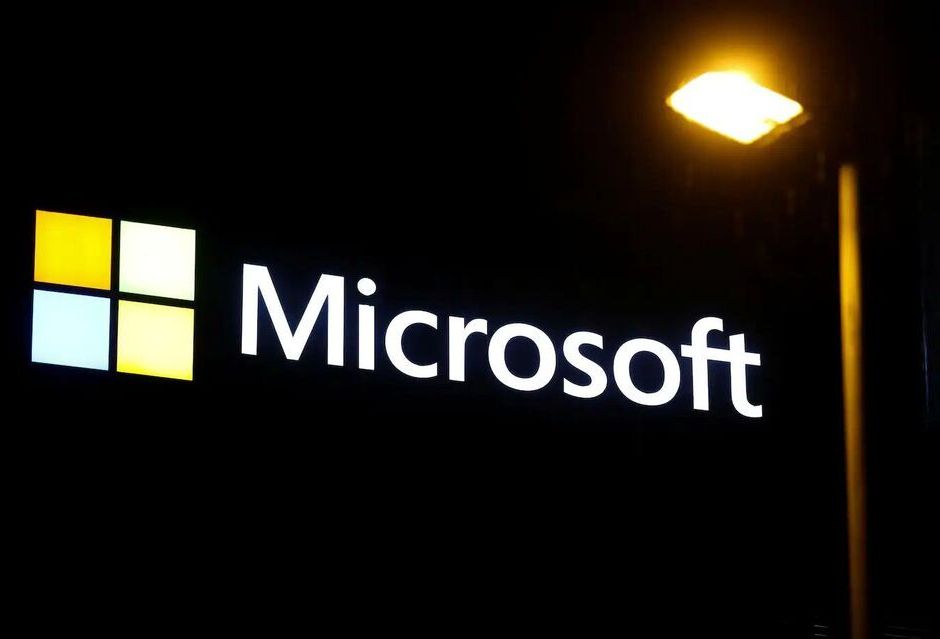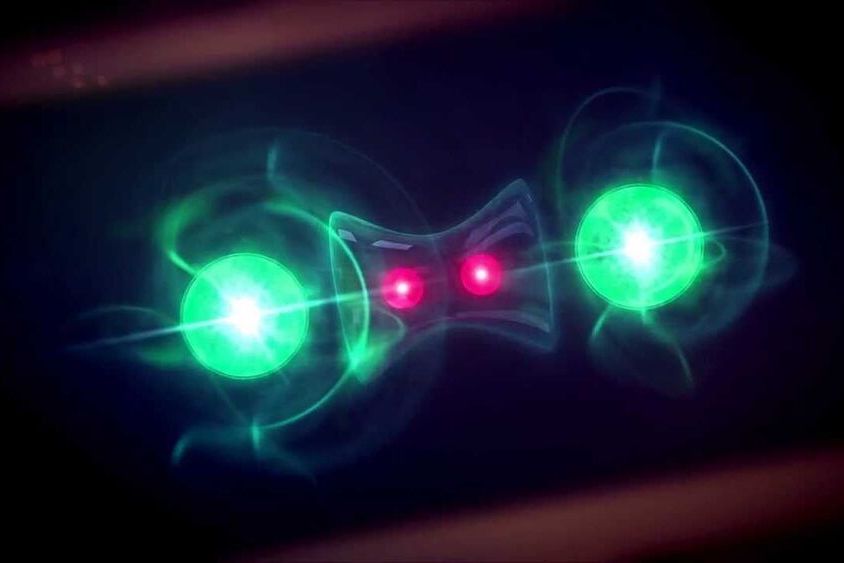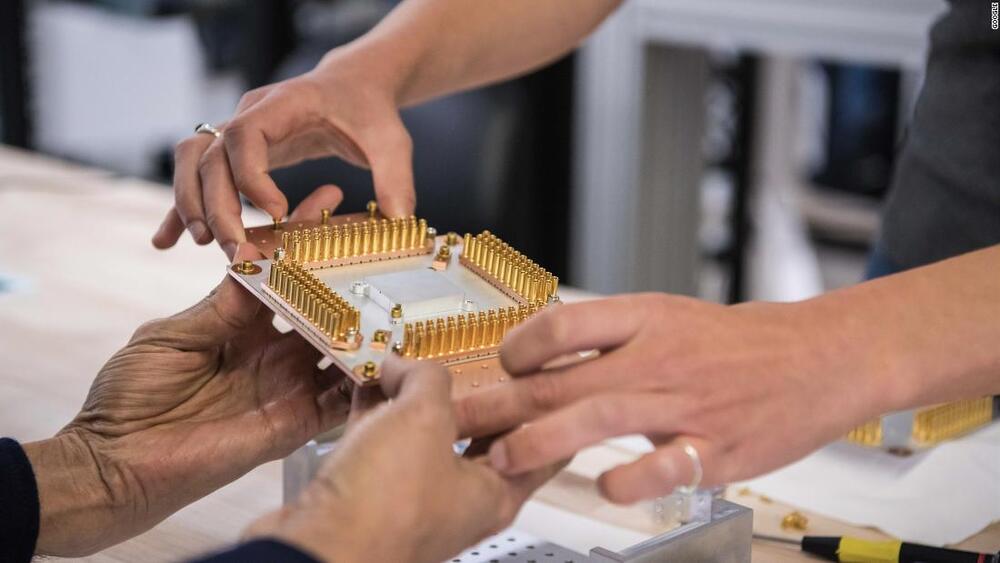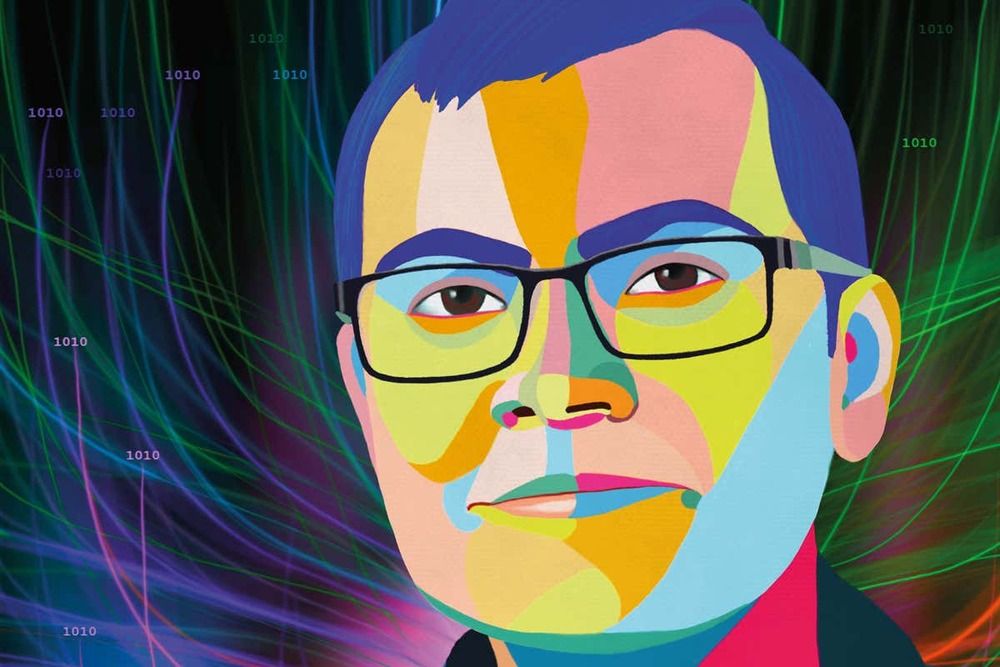🎆 To celebrate another successful trip around our central star 🌞, we would like to invite you to a 🚀SpAsiaXtraordinary Party🎉
If you are interested in 🛰️space (or, even if not and just want to hang out with strangers online), then join this party tomorrow (January 2, at any time from 4:00pm to 12:00am GMT+8) at bit.ly/SpAsiaXtraordinary21
You can just show up or feel free to do more:
Lear… See More.

